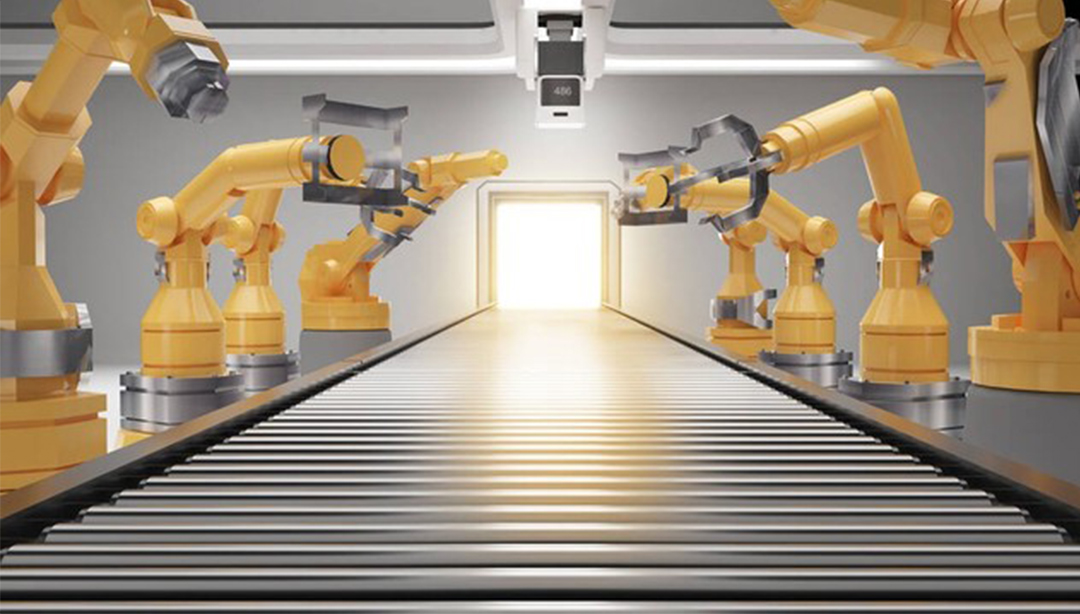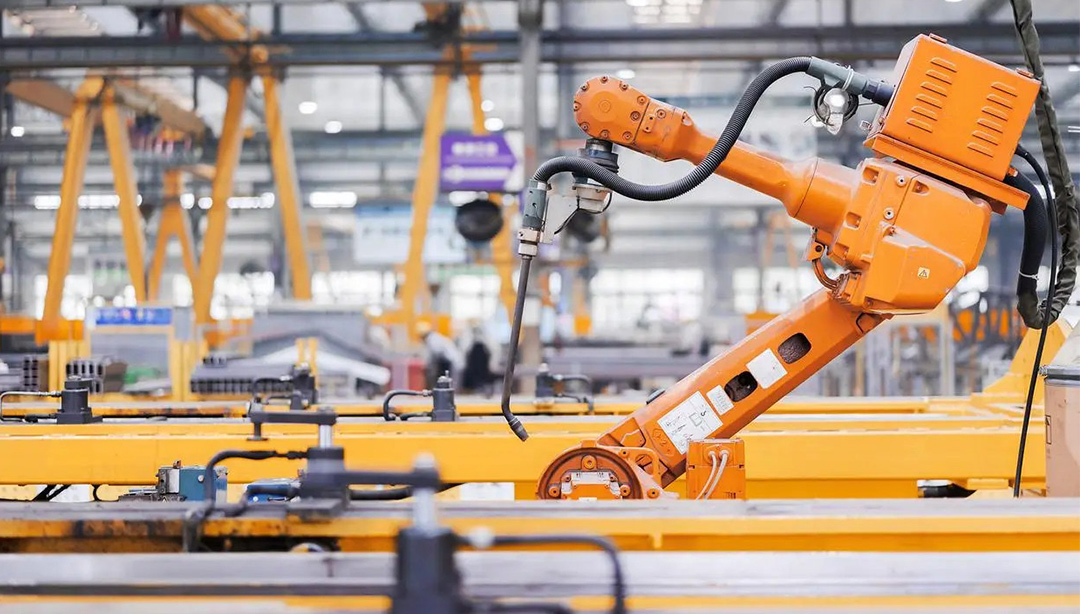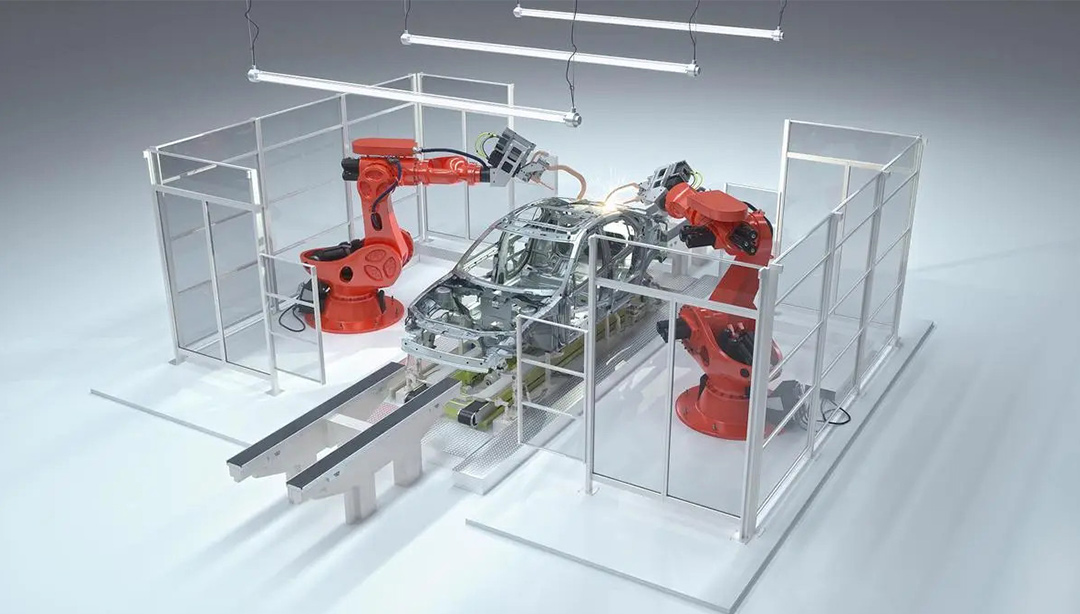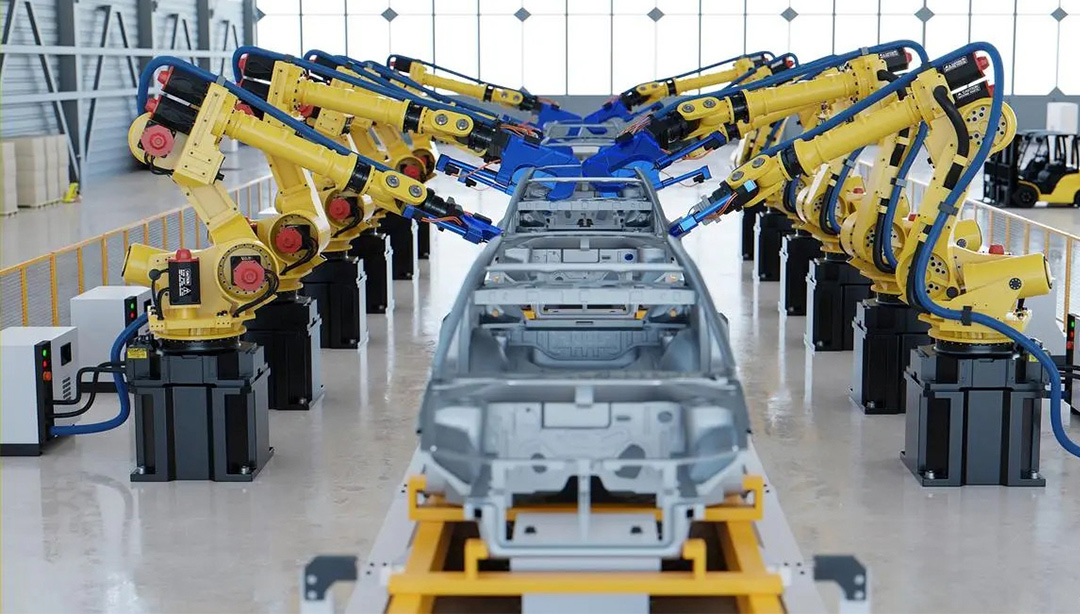In the field of industrial manufacturing, robotics has always been an important force to promote production efficiency and quality improvement. In recent years, with the rapid development of 3D vision technology, industrial robots have taken an important step in handling complex tasks. Especially in the automotive manufacturing industry, the application of 3D vision guided industrial robots has achieved remarkable results, achieving efficient loading and unloading of automotive parts.

When traditional industrial robots handle the loading and unloading of automotive parts, they usually need to rely on accurate position sensors or manual markers to locate the location of the parts. However, this method has certain limitations and cannot cope with the complex working environment and the changing shape of parts. 3D vision has led to the emergence of industrial robots, which can accurately perceive and identify the position and shape of parts by using high-precision 3D vision sensors. The application of this technology not only improves the autonomy and adaptability of the robot, but also greatly reduces the need for manual intervention, thereby improving production efficiency and reducing costs.

3D vision guided industrial robots are widely used in the automotive industry. For example, on a car assembly line, robots can accurately grasp and place parts based on information provided by 3D vision sensors to complete the assembly work. This not only improves the speed and accuracy of assembly, but also the ability to cope with different models and specifications of automotive parts. In addition, 3D vision technology can also help robots detect the quality and defects of parts, identify problems in advance and repair them, thereby improving product quality and reducing the rate of defective products.

In addition to its application in the automotive assembly process, 3D vision guided industrial robots can also play an important role in the production and warehousing of automotive parts. Through 3D vision technology, the robot can quickly and accurately identify and select the required parts to automate the loading and unloading process. This not only improves production efficiency, but also reduces the risks and errors of manual operation and improves work safety. In addition, 3D vision technology can also help enterprises achieve accurate management of parts inventory, avoiding production disruptions or excess caused by inaccurate inventory.

The emergence of 3D visually-guided industrial robots has brought revolutionary technological advances to the automotive manufacturing industry. By utilizing high-precision 3D vision sensors, the robot is able to accurately sense and identify the position and shape of automotive parts, enabling an efficient loading and unloading process. This not only improves production efficiency and quality, but also reduces the need for manual intervention and reduces costs. With the continuous development of technology, it is believed that the application of 3D vision guided industrial robots in the automotive industry will have a broader prospect.